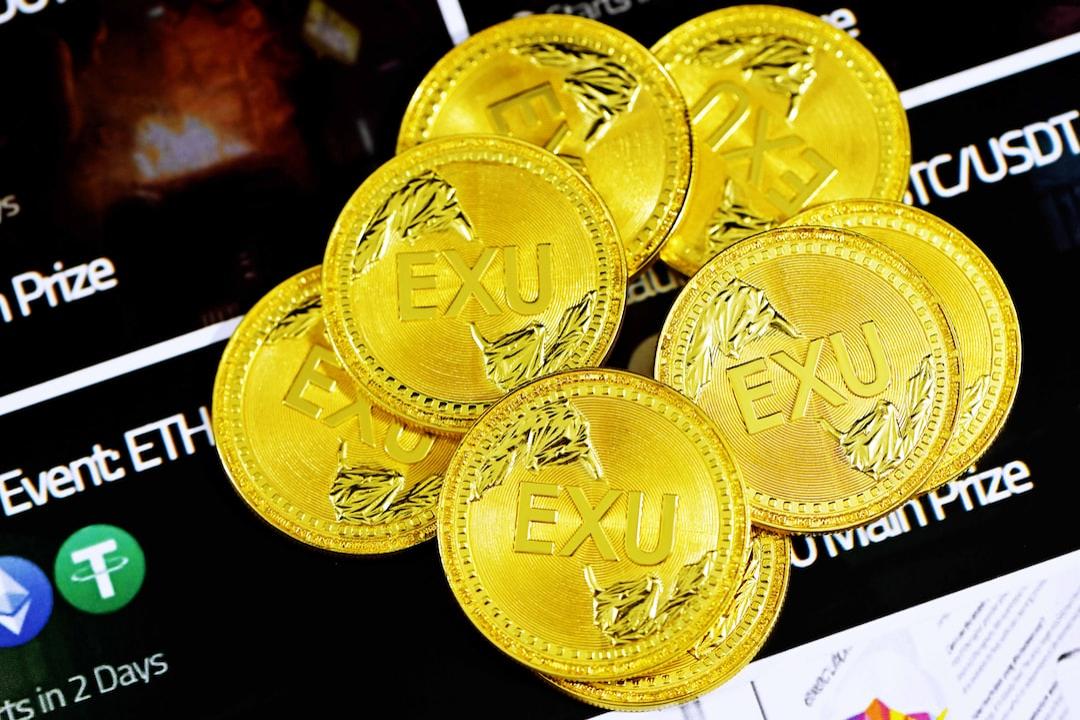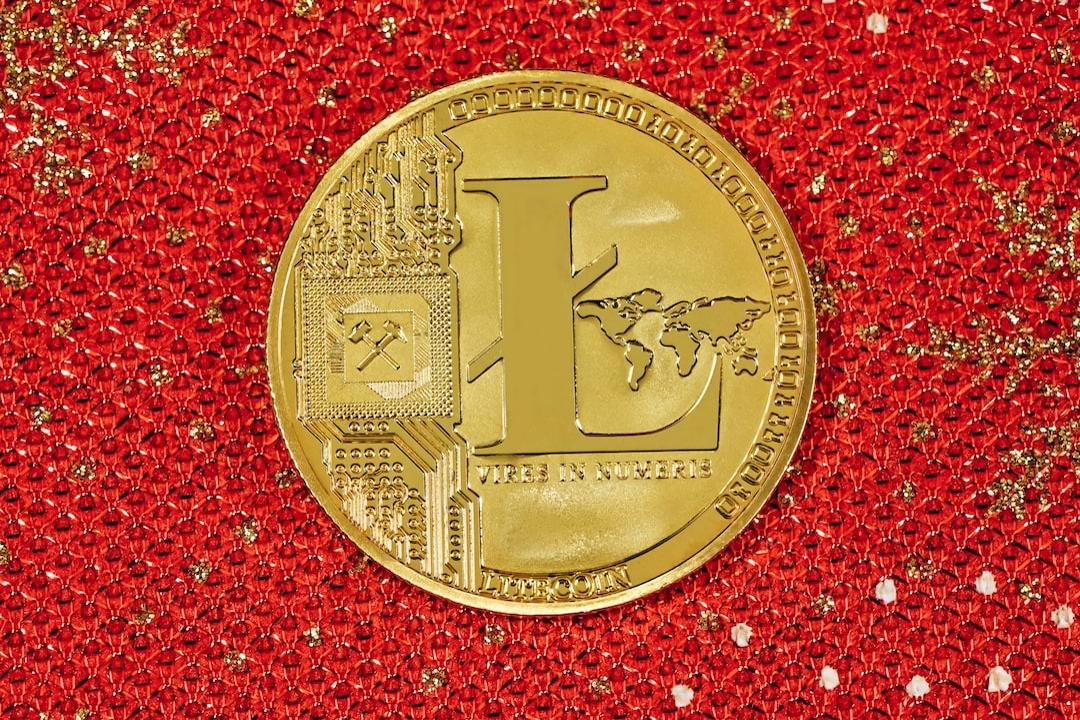Cardano Surpasses Ethereum in Developer Activity
Cardano has officially surpassed Ethereum in core developer activity this month, according to data compiled by Cryptometheus. The data reveals that Cardano recorded 21,439 GitHub commits across 550 key repositories over the past 12 months—edging out Ethereum’s 20,752 commits spread across 278 core projects.
This increase in development work signals strong backend progress on the Cardano network. While developer engagement is not always an immediate driver of price, it can often indicate the long-term sustainability and reliability of a blockchain protocol.
//window.__mirage2 = {petok:”beIydmShIWipx1uKTfpThh61rR5CRaCD8.O0ngDnFW0-1800-0.0.1.1″};
//]]>


Cardano’s Development Roadmap
Cardano’s development has followed a structured roadmap, with each phase introducing some upgrades. The foundation was laid during the Byron era, where the focus was on establishing the basic transactional infrastructure and enabling the trading of ADA. At this stage, the network implemented Ouroboros, a proof-of-stake consensus mechanism designed to ensure security while consuming minimal energy.
Next came the Shelley era, during which the network began decentralizing by handing over control from IOHK-operated nodes to a broader community of stake pool operators. This transition improved both the resilience and security of the Cardano network by eliminating central points of failure.
The Goguen era introduced smart contract capabilities, expanding the platform’s utility by enabling developers to build decentralized applications (dApps) and issue custom tokens, including non-fungible tokens (NFTs). This was a major leap forward in Cardano’s competitiveness with platforms like Ethereum.
In the Basho era, scalability took center stage. The introduction of sidechains—independent blockchains connected to the main network—was aimed at increasing throughput without compromising network stability. Cardano is now in the Voltaire era, which focuses on governance. This phase allows ADA holders to vote on proposals, influence protocol changes, and direct treasury funds, setting the stage for a fully community-managed blockchain.
Developer Activity Surges While Community Engagement Slips
Despite Cardano’s leadership in core development, there are signs of declining engagement across its broader ecosystem. The number of active developers working on the platform dropped by 37.72% month-over-month. Additionally, total commit contributions fell by 65.68% over the same period. This means that while foundational work on the protocol is progressing, general developer participation and community-led contributions are decreasing.
Ethereum, Cardano’s main competitor, faces similar challenges. Although it remains one of the most widely used and supported blockchains, its developer activity also fell. Ethereum recorded a 40.56% drop in active developers and a 39.33% decline in GitHub commits, despite having a far larger ecosystem with 1,545 active projects and over 132,000 public repositories.
Will Developer Activity Boost ADA Price?
Strong development activity is generally seen as a positive signal for blockchain projects. It means the network is being maintained, updated, and prepared for future use cases. For investors, this often suggests long-term viability. ADA is currently trading at $0.7722, up 1.17% on the day.

ADA has shown a modest recovery after a recent dip, forming higher lows in the short term. The Relative Strength Index (RSI) has risen to 55.30, indicating growing bullish momentum without signaling an overbought condition.
While there’s no guarantee that developer activity will directly cause a price rally, the correlation between active development and long-term project strength can be a bullish signal for ADA holders.
